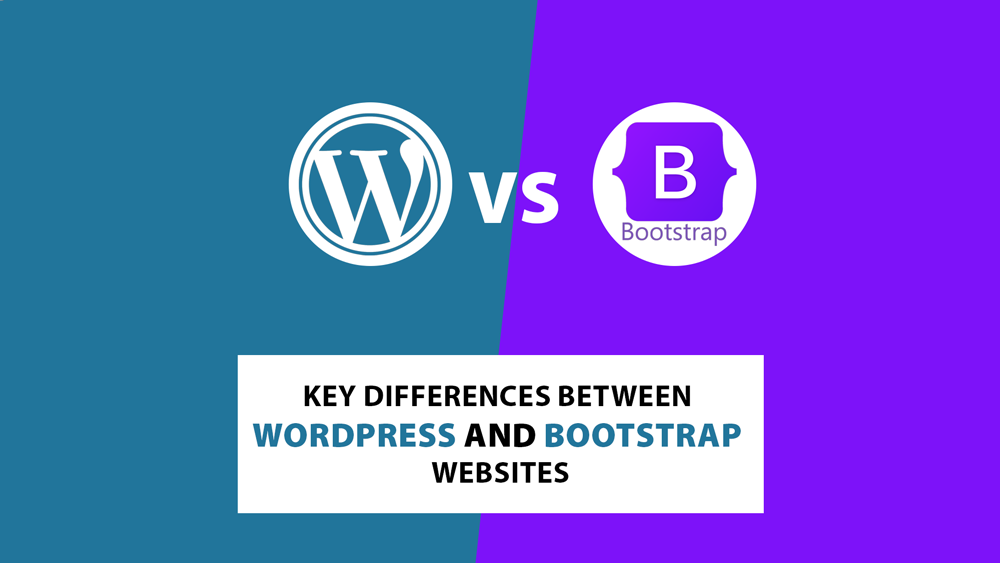Key Differences Between WordPress and Bootstrap Websites
Choosing the right technology for building a website can significantly impact its performance, scalability, and user experience. Two popular tools often compared are WordPress and Bootstrap. Understanding their core differences, advantages, and disadvantages will help you decide which is best for your project. What is WordPress? WordPress is a free and open-source content management system (CMS) that powers over 43% of all websites on the internet as of 2024 (W3Techs, 2024). It allows users to create, manage, and publish content easily without needing extensive coding knowledge. It supports themes and plugins, enabling customization and functionality expansion. What is Bootstrap? Bootstrap is a popular open-source front-end framework initially developed by Twitter for building responsive and mobile-first websites. It provides pre-designed HTML, CSS, and JavaScript components, facilitating faster web design and development (Bootstrap Documentation). Key Differences Between WordPress and Bootstrap Advantages of WordPress Reference: WordPress Official Site Disadvantages of WordPress Advantages of Bootstrap Reference: Bootstrap Official Documentation Disadvantages of Bootstrap Which Should You Choose? If you want a quick-to-launch, content-rich site with minimal coding, WordPress is the preferred choice. For projects demanding highly customized UI and design control, and if you have web development skills, Bootstrap is ideal. In many cases, developers combine the two — using WordPress as a backend CMS and Bootstrap for front-end design.
Key Differences Between WordPress and Bootstrap Websites Read More »
